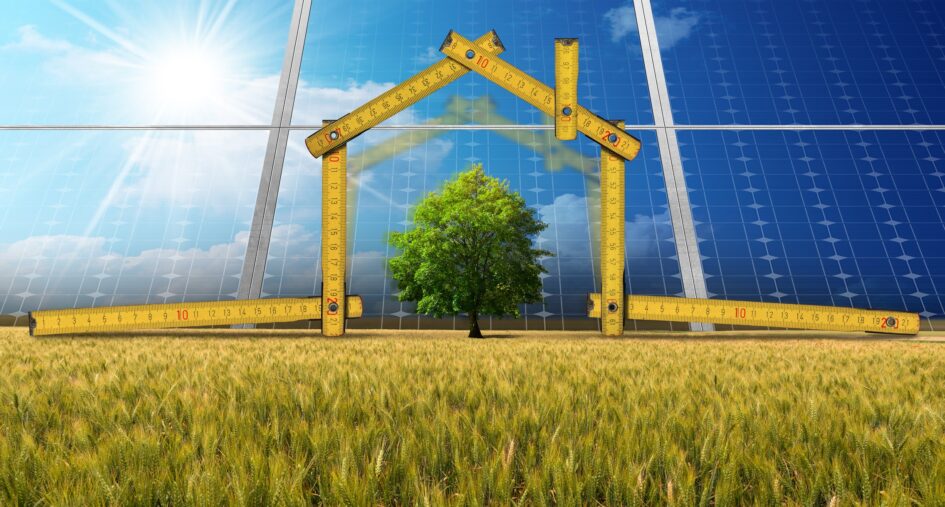As society evolves, codes change, and exterior forces like climate change and global economics impact the way buildings are designed and constructed, it’s critical to have an eye on current and future trends. While no one could have foreseen a years-long pandemic shuttering the world’s offices and storefronts, developers today are well-aware that anything is possible. Meanwhile, climate change has increased the likelihood that a major weather event could strike at any moment, whether you live in PEI, Ontario, or BC. Factoring in these once “doomsday-esq” considerations has become central to a building’s ability to stand the test of time.

So, what are the “Big 3 Forces” currently shaping building design? Peter Machnee, Regional Manager, RJC Engineers, gives us his expert opinion:
- Zero Carbon
Infinitely better for the environment, zero carbon buildings are highly energy-efficient compared to traditional buildings. The Government of Canada has committed to achieving net zero emissions by 2050, meaning all developments must emit no greenhouse gas emissions or offset its emissions through actions such as employing technologies that capture carbon.
“Sustainability and zero carbon are the topics du jour, and structural engineering hasn’t been immune,” Machnee says. “Leading institutions such as the Institution of Structural Engineers and the Structural Engineering Institute have both been raising awareness of structural engineers’ role in achieving goals like net zero by 2050. We have seen a keen interest by developers to pursue mass-timber projects, which typically have smaller carbon footprints than more traditional structures constructed with steel and concrete.”
- Affordability
Affordability has never been more important than it is today in the aftermath of the pandemic as interest rates rise and supply chain issues and labour shortages add additional challenges to the construction process. Thankfully, technology and innovation are bringing new solutions to the table that weren’t available until recently.
“Technology has helped bring the cost of building down,” says Machnee. “The first example that comes to mind is the adoption of prefabricated, wood-framed structures. This method of construction creates a product with better quality control while decreasing construction schedules. However, there are many macro-economic issues, such as supply chain constraints, and policy constraints which increases the cost of buildings. Housing affordability will continue to be a challenge especially as interest rates increase to try to battle the high inflation rates we are currently seeing.”
- COVID-19
The pandemic—which isn’t over yet despite loosened restrictions—has impacted all asset classes, from multifamily residential to downtown office towers. Flexible spaces, air ventilation, outdoor access, and work/study stations are all features of a building that receive far more care and attention than they used to.
“Overall, the working-from-home movement has had a negative impact on the industry,” Machnee says. “On the surface, it appears to be a wonderful perk for employees. However, the industry suffers when we miss out on the unquantifiable or invisible benefits of meeting face-to-face, such as incidental conversations with co-workers or clients. Working face-to-face increases a sense of team, helps with individual professional development, and allows more meaningful connections to develop. All that being said, I do think that a hybrid model of working from home will remain, especially since we are in an employee-scarce market.”
For more information on trends influencing building design, visit: www.RJC.ca or connect with Peter Machnee directly,









